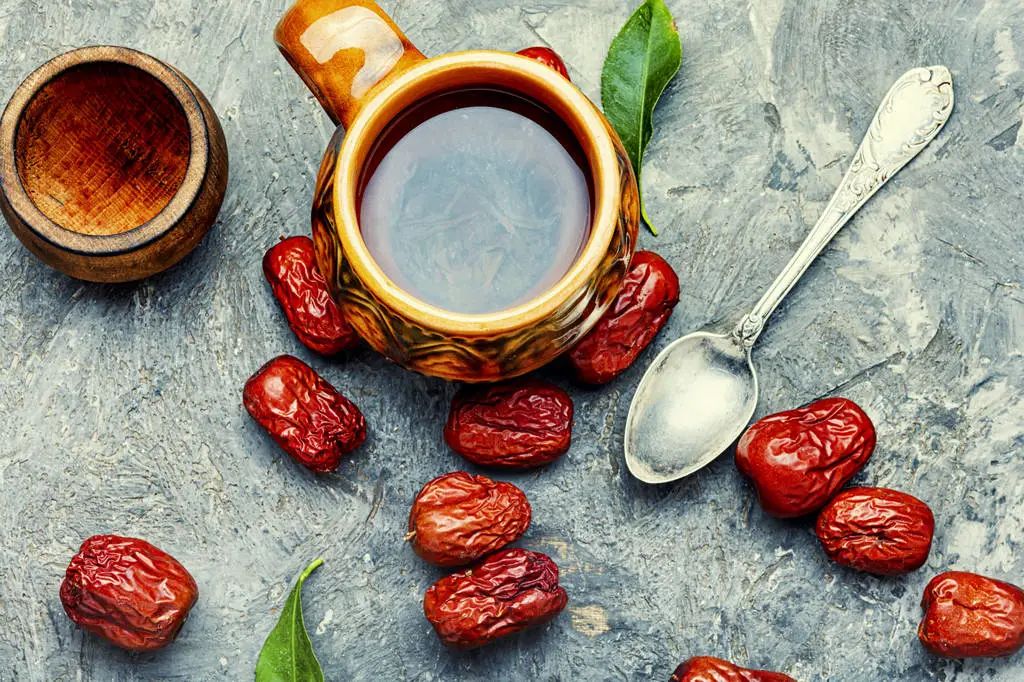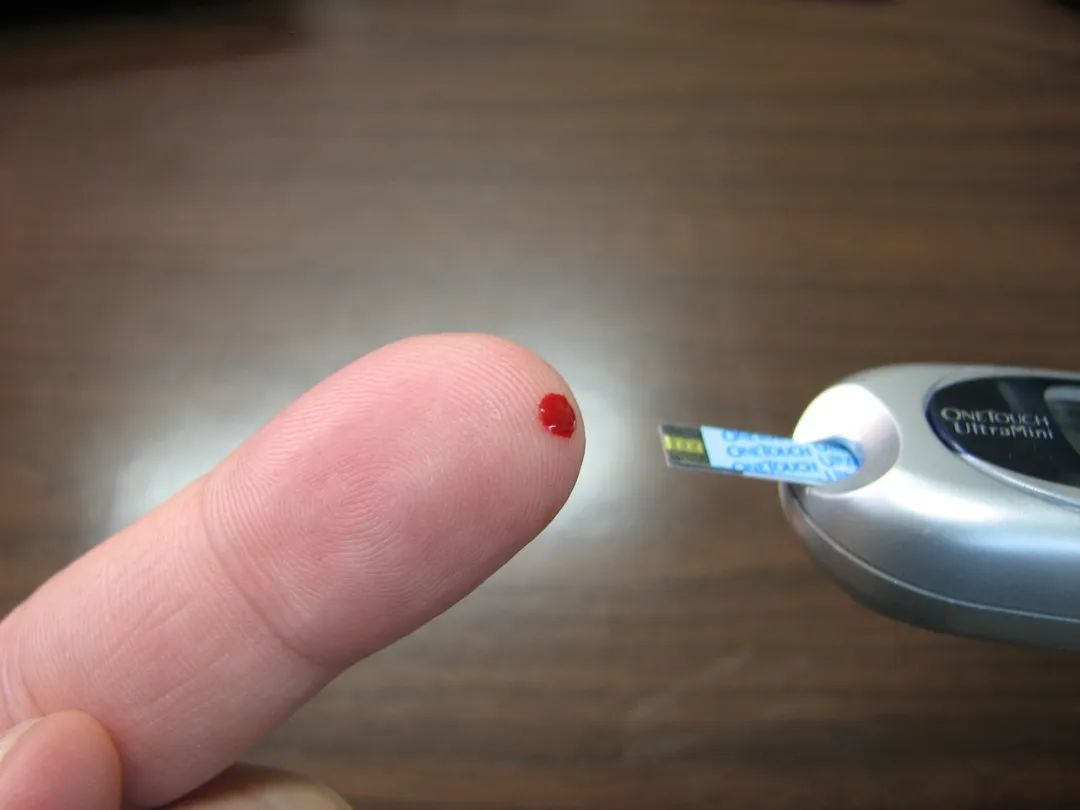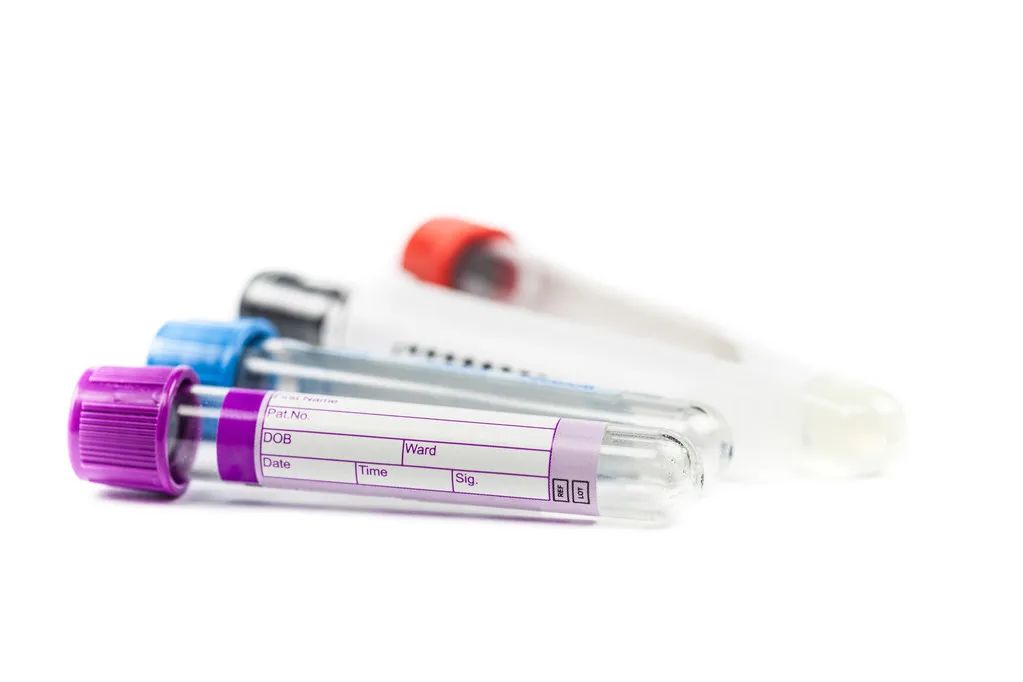Before reading, click the blue text above "Medical Nourishment Library" and then click "Follow" so you can receive articles daily. Free subscription, please rest assured.The causes of anemia vary by disease type and can be classified into nutritional anemia, hemolytic anemia, and aplastic anemia.
If the iron levels in the body are too low, it can easily lead to symptoms such as dizziness and fatigue. When hemoglobin levels drop below 120 for non-pregnant individuals and below 110 for pregnant women, it is classified as mild anemia. Dietary adjustments are necessary, and in severe cases, oral medications may be required for improvement.

Red dates and brown sugar do not nourish blood! Here are 5 foods that truly supplement blood, don’t waste your money.
Brown sugar does not nourish blood
Brown sugar is unrefined sugar, with up to 96.6% of its composition being carbohydrates, while the mineral content, including iron, is relatively low. Relying on brown sugar to nourish blood is not very reliable.
Red dates do not nourish blood
The iron content in dried red dates is about 2 mg per 100 grams, and in fresh dates, it is even lower at only 1.2 mg per 100 grams. Moreover, the iron in dates is not easily absorbed.
Similarly, the sugar content in dates is also quite high. If you feel “energized” after eating red dates, it is due to the sugar content.

Here are 5 foods that truly supplement blood, don’t waste your money.
Egg yolk
In 100 grams of egg yolk, there are 7 mg of iron. Although the absorption rate is only 3%, eggs are easy to obtain, convenient to store, and can ensure nutritional value, making them a good supplementary food.
Black chicken (Wu Ji)
Black chicken can warm the middle, benefit qi, nourish the liver and kidneys, delay aging, and strengthen bones. It also has a good effect on menstrual irregularities and iron-deficiency anemia in women.
Red meat
Common red meats such as pork, beef, and lamb are foods rich in hemoglobin, with a high absorption rate of fresh iron elements reaching up to 20%. For beef, the iron content is 3.3 mg per 100 grams.
Animal blood
Animal blood and its products are rich in iron. In every 100 grams of pig blood, the iron content is 8.7 mg; in every 100 grams of duck blood, the iron content is even higher, exceeding 30 mg.
Animal liver
Animal liver is rich in iron and is one of the ideal foods for nourishing blood. It can be braised, stir-fried, or made into soup, and it is recommended to pair it with green vegetables.
Young people can eat it 2-3 times a week, with each serving being 10-30 grams. Those over 50 can eat it once every two weeks.

What is the purpose of blood tests? Why do we need to draw blood frequently?
Blood biochemical testing is an important part of clinical biochemical examination. Our blood contains rich physiological information, and by testing blood components, we can understand physiological and pathological changes in the body. There are many items in blood tests.
-
Complete blood count: Understand hemoglobin, white blood cells, platelets, and other indicators to determine if there are abnormalities such as anemia, infection, or coagulation disorders;
Blood biochemistry: Understand electrolytes, blood sugar, blood lipids, liver and kidney function, etc. If the indicators exceed the normal range, it can affect health and requires timely intervention;
-
Coagulation profile: Understand coagulation function to prepare for surgery or rule out diseases. If there are coagulation function disorders, there is a higher risk of bleeding during surgery;
Pre-transfusion tests: Exclude infectious diseases such as syphilis, HIV, hepatitis, etc., to prevent healthcare workers from being infected.
Other tests such as blood type, cross-matching, D-dimer, C-reactive protein, and erythrocyte sedimentation rate also need to be selected based on actual conditions.

Some people ask, why do we need to draw blood again the next day after already drawing blood today? Is it necessary to do it so frequently?
Humans live in this world, and blood is also alive. The condition can be unpredictable, and blood can change; today’s blood may be different from yesterday’s blood.
For patients with more severe conditions, frequent blood draws are aimed at monitoring blood counts, understanding electrolyte levels, liver function, and other issues to facilitate better diagnosis and adjustment of treatment methods by doctors.
For those with milder conditions, it is not necessary to draw blood every day.
Some people find it particularly confusing; sometimes only one tube of blood is drawn, while other times several tubes are drawn. This mainly depends on the differences in testing items. Some patients need to check multiple items, and different tests require different reagents, using different colored tubes.

Does frequent blood drawing lead to anemia?
For healthy individuals, blood is not drawn frequently. Some people with severe diseases need blood tests. In such cases, drawing more than 300 milliliters of blood in a short time exceeds the body’s ability to produce blood, which can lead to anemia.
Generally, taking 1-2 milliliters of blood for a single test is sufficient for multiple tests, and it usually does not exceed 20 milliliters, so it generally does not cause anemia. After blood drawing, it is important to pay attention to nutritional intake, and one can eat more lean meat, eggs, and animal organs, etc.

